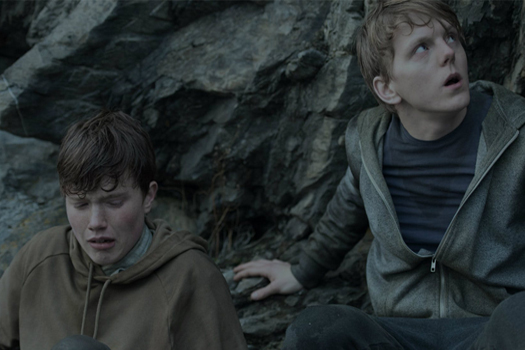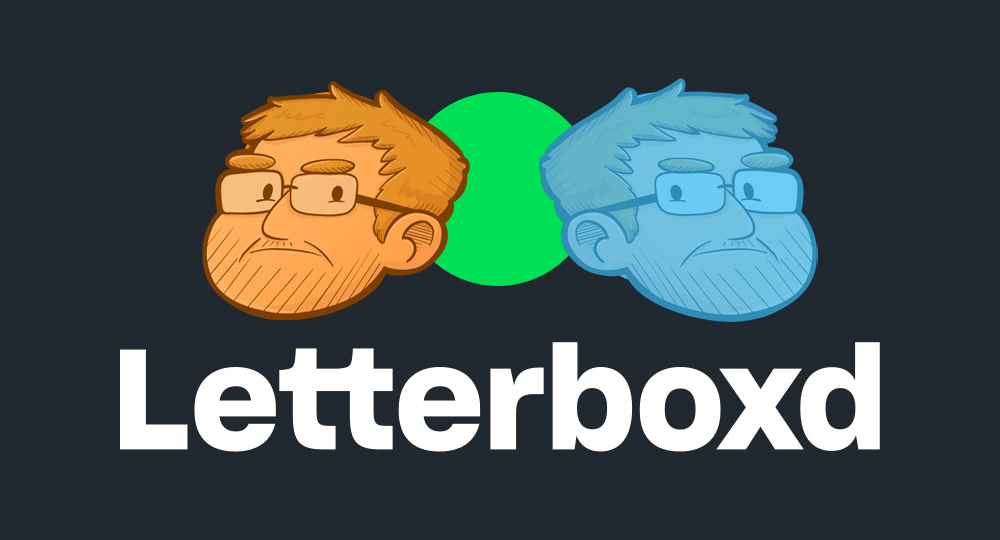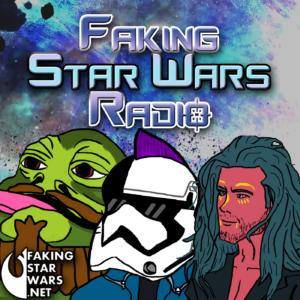Horrifying!

Directed by: Paul Greengrass
Written by: Paul Greengrass, Åsne Seierstad (based on the book One of Us)
Cast: Anders Danielsen Lie, Jonas Strand Gravli, Jon Øigarden
There is no death penalty in Norway. But, after you watch this film, I challenge you to defend that decision.
From 1997 – 2000, I lived in Stavanger, Norway assigned to NATO Joint Headquarters North, now called the Joint Warfare Centre. People know I never shut up about living in Norway, because it is a truly remarkable country. I made lifelong friends there: the fjords; the mountains; the awe-inspiring scenery that even the locals don’t take for granted. They are hearty people who live and appreciate all the beauty that their country has to offer. But on the 22nd of July, 2011, their nation fractured and will probably never truly recover.
Paul Greengrass is known for his ability to take real life, tragic events and tell magnificent stories about the drama and the people involved. With 22 July, he delivers a flawless film.
There are really three stories being told in 22 July. There’s a story about the bastard, neo-Nazi terrorist scum-sucking loser called [REDACTED] and how he manipulates the decency of Norwegian justice to his vile ends. There’s a story about one of the survivor’s families, a young man whose mother is the mayor of a remote area thousands of miles away from Oslo and how that family deals with the vicious reality that they must now face . . . and whether they will survive at all.
Finally there’s a critique of the Norwegian government and security apparatus itself. Having worked with some of these types of people in the past, I know how tough they must have taken this hit, personally.
All three of these stories are interwoven into a moving collage of despair as Greengrass doesn’t really give you much time to absorb the horror. Just like the families that day, there is no time to breathe. Unlike a horror movie, where you will critique the actions of the victims and second-guess their moves, no one did anything that 99.99% of the population wouldn’t have done that day. In the end, they just weren’t prepared for something this evil to show up in Norway. They weren’t ready.
It’s hard to capture in a simple review how powerful this film truly is. I have seen people in Norway attacking it for showing the terrorist’s story, but if anything, it accurately doesn’t make him a sympathetic character in the slightest. It paints him as a monster, which is exactly what he is.
Greengrass does go into the changing nature of the Norwegian landscape as they have admitted refugees from several war-torn nations and how some of the natives aren’t too thrilled about that fact.
I warned my friends about this cultural pressure cooker before I left Norway way back in 2000. I knew things were going to come to a head at some point, soon, but never in my worst nightmares would I have imagined what happened that day that savagely slaughtered innocent kids. And be warned, if you watch this movie, you won’t believe how a human being could do this to strangers with such lethal efficiency void of emotion.
Anders Danielsen Lie delivers a strong performance as the most vile figure to come out of Norway since the infamous Quisling, a man whose name is now synonymous with betrayal. His smug matter-of-fact attitude about his actions accurately reflects the monster’s mindset. In one very difficult scene you can actually see the actor’s shame come through ever so slightly, a fear of playing such a hated character, an apology in his eyes – begging the audience not to despise him. I don’t know how this role will shape his career, but I can’t imagine he will do well in Norway.
Jonas Strand Gravli plays the aforementioned survivor, Viljar who ends up as the focus and representation of all the victims as he and his family endure literal torture every day until the end of the film where there is some semblance of closure. Every time Gravli is on screen, he brings respect and nobility to his role, as he is broken on the inside. His parents, played by Thorbjørn Harr and Maria Bock maintain a stoic dignity trying to give their son a platform of resolve as he fights to stay alive. Viljar’s brother, Torje (Isak Bakli Aglen) suffers in his own way as he sees what his older brother is going through.
Again, Greengrass must limit the victims due to time constraints, but there were many families like Viljar’s all over Norway, and in fact, as the targets were immigrant children, all over the globe. The numbers of dead and wounded are gut-wrenching. This film is difficult to watch, and it should be.
I have seen comments on Twitter talking about how violent the film is and how people can’t believe this actually happened. What was shocking to me is the number of people who honestly didn’t know this even happened, because it happened a world away.
Perhaps that is why Greengrass had the actors speaking English and put this on Netflix, because he could very easily have let these Norwegian actors speak in their native tongue. But would it have the same impact? Doubtful. It would have come across as a foreign film, and not many Americans sift through that genre and appreciate “readers” with subtitles.
When everything comes to conclusion, there’s no easy way to say this, you will be disappointed. Because that is how Norway is, they are not the blood-thirsty Vikings you’ve read about all your life or watch on the History Channel. They are quite accommodating, they are kind, generous and loving people. And that was exploited by one disgusting human being who deserves to die. But, to Norway’s credit, they didn’t allow this monster to change who they are now.
Sadly I can’t recommend anyone watch this film, but I honestly hope that they will watch it in spite of its bleakness, in fact because of its bleakness, as a reminder that evil does exist in the world and we must all remain vigilant and do our best to snuff it out when we recognize it.
“For the Many, Not the Few” Norge



